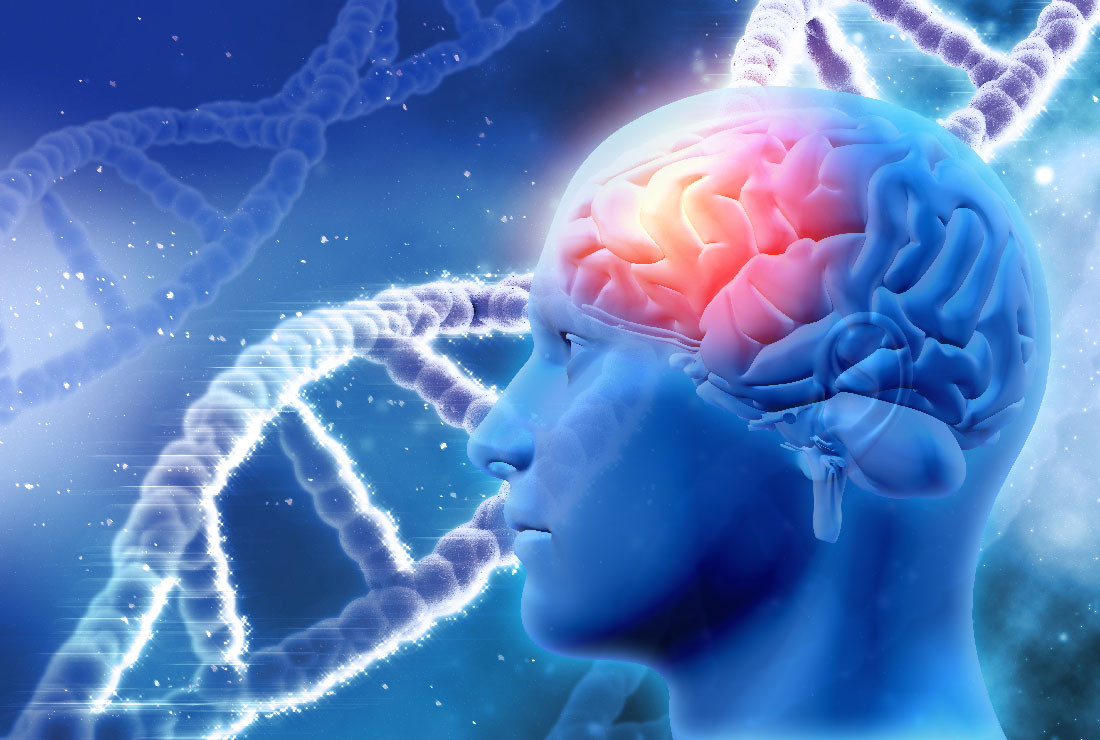Dystonia: Symptoms, Causes, Treatment
What are the symptoms of dystonia?
Dystonia is a movement disorder characterized by involuntary muscle contractions that cause repetitive or twisting movements and abnormal postures. The symptoms of dystonia can vary widely depending on the type of dystonia and the muscles affected. Common symptoms may include:
- Involuntary muscle contractions: Dystonia causes muscles to contract involuntarily, leading to repetitive or twisting movements. These movements can be mild or severe and may affect one or more parts of the body.
- Muscle spasms: Dystonia can cause sudden, involuntary muscle spasms that may be painful or uncomfortable.
- Abnormal postures: Dystonia can cause abnormal postures or positions of the body, such as twisting or arching of the neck, arms, or legs.
- Tremors: Some people with dystonia may experience tremors, or rhythmic shaking movements, especially during voluntary movements.
- Muscle cramps: Dystonia can cause muscle cramps or tightness, especially during or after physical activity.
- Difficulty with swallowing or speech: Dystonia can affect the muscles involved in speech and swallowing, leading to slurred speech or difficulty swallowing.
- Pain or discomfort: The muscle contractions and abnormal postures associated with dystonia can cause pain or discomfort, especially if they are severe or prolonged.
- Fatigue: The constant muscle activity and effort required to control movements in dystonia can lead to fatigue.
- Sensory symptoms: Some people with dystonia may experience sensory symptoms, such as tingling or numbness in the affected area.
The symptoms of dystonia can range from mild to severe and may worsen over time. They can also be triggered or worsened by stress, fatigue, or specific movements or activities. Dystonia can affect any part of the body, but it most commonly affects the neck (cervical dystonia), eyelids (blepharospasm), or hands (writer’s cramp).
It’s important to note that dystonia is a complex disorder with many different subtypes, and symptoms can vary widely between individuals. If you or someone you know is experiencing symptoms of dystonia, it’s important to see a healthcare provider for a proper evaluation and diagnosis.
What are the causes of dystonia?
The exact cause of dystonia is not fully understood, but it is thought to involve a combination of genetic, environmental, and neurological factors. Some of the possible causes and risk factors for dystonia include:
- Genetic factors: Dystonia can run in families, suggesting a genetic component to the disorder. Several genes have been implicated in various forms of dystonia.
- Neurochemical abnormalities: Dystonia may be related to abnormalities in the levels of certain neurotransmitters, such as dopamine, in the brain.
- Brain abnormalities: Dystonia may be associated with structural abnormalities or damage to certain areas of the brain, particularly the basal ganglia, which is involved in the control of movement.
- Environmental factors: Some environmental factors, such as exposure to certain toxins or infections, may increase the risk of developing dystonia in susceptible individuals.
- Medication-induced: Some medications, particularly certain antipsychotic and anti-nausea medications, can cause or worsen dystonia as a side effect.
- Trauma: In some cases, dystonia may be triggered by physical trauma or injury to the brain or spinal cord.
- Neurodegenerative disorders: Dystonia can be a symptom of certain neurodegenerative disorders, such as Parkinson’s disease or Huntington’s disease.
- Idiopathic: In many cases, the cause of dystonia is not known (idiopathic).
It’s important to note that dystonia is a complex disorder with many different subtypes, and the exact cause can vary depending on the type of dystonia and the individual. Research into the causes of dystonia is ongoing, and further studies are needed to fully understand the underlying mechanisms of the disorder.
What is the treatment for dystonia?
The treatment for dystonia depends on the type and severity of the condition. While there is no cure for dystonia, treatments are available to help manage symptoms and improve quality of life. Some common treatments for dystonia include:
- Botulinum toxin injections: Botulinum toxin injections, such as Botox, can be used to reduce muscle contractions and improve abnormal postures. This treatment is particularly effective for focal dystonias, which affect a specific part of the body, such as the neck (cervical dystonia) or eyelids (blepharospasm).
- Oral medications: Certain medications, such as muscle relaxants, anticholinergics, and benzodiazepines, may help reduce muscle spasms and improve symptoms in some cases. However, these medications are not always effective and may have side effects.
- Deep brain stimulation (DBS): Deep brain stimulation is a surgical procedure that involves implanting electrodes in specific areas of the brain. The electrodes deliver electrical impulses to help regulate abnormal brain activity associated with dystonia. DBS is typically reserved for severe cases of dystonia that do not respond to other treatments.
- Physical therapy: Physical therapy can help improve muscle strength, flexibility, and coordination, which may help reduce symptoms of dystonia.
- Occupational therapy: Occupational therapy can help individuals with dystonia learn techniques to improve their ability to perform daily tasks and manage symptoms.
- Speech therapy: Speech therapy may be helpful for individuals with dystonia that affects the muscles involved in speech and swallowing.
- Sensory tricks: Some individuals with dystonia may find that certain sensory tricks, such as touching a specific part of the body, can temporarily reduce muscle contractions and improve symptoms.
- Lifestyle modifications: Making lifestyle changes, such as reducing stress, getting enough rest, and avoiding triggers that worsen symptoms, may help manage dystonia.
It’s important for individuals with dystonia to work closely with healthcare providers to develop a treatment plan that addresses their specific symptoms and needs. Treatment may need to be adjusted over time based on the individual’s response and disease progression.




